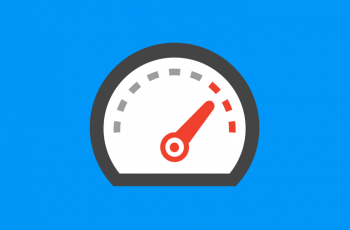There is no questioning how effective visual content is online and a photograph really can be a high value part of your site, but only if its presented properly and used in the right way. Most websites do not use online photography effectively and their images actually do more harm than done. Quality photography on your website can help turn clicks into leads and here are some strategies to keep in mind when using photography on your website.
1. Invest in Quality
If you do not have easy access to a professional photographer and are not photographing products for your site, then invest in quality. If you don’t want to pay a photographer then there are plenty of places you can find high quality images for public use, both free and for purchase. Sites like Getty Images and Shutterstock give you plenty of options for images which look professional and may provide all you need for more general areas of your site.
Anything personalised such as headshots and especially product photography (which we’ll get to in a moment) then it is worth bringing the professionals in. This could be hiring a photographer or getting to grips with a high quality camera which can offer the professional end result you need.
A Word on Product Photography
When it comes to product photography you simply can’t scrimp and save. If you do have a good camera and can take top quality photos, then go for it but keep these points in mind:
- Lighting – the most important factor in photographing products is lighting. How you light your product will help to create the potential customer’s overall opinion
- DIY works – you can make up lots of DIY kit such as DIY reflectors from aluminium foil and they can help to bounce light back onto your image and ensure you get the best possible shots with the best possible lighting
- Invest in Editing Software – even less expensive software packages like Photoshop Elements can make a huge difference to your product photography. It allows you to crop your image, adjust exposure, sharpen it and resize it ready for web use.
2. Check your Permissions
It can be very tempting to just use images you find online, especially if they fit the theme of an article you’ve written or are a perfect illustration of your page. There are free stock photo provides, like those you can find through Creative Commons, and there are paid photography sites too like the ones mentioned above and it is always important to check whether you need to apply attribution to any photograph. The consequences of not checking and just using photos at random can be devastating and should always be avoided to maintain your professional profile.
3. Be Clever with your Images
The right photograph can set the tone for an article or blog post and so spending some time to capture or find the perfect image really matters. The image can have them smiling or laughing before they’ve read a word and then they’re more positive minded when it comes to reading the content. Every blog or article you publish should feature at least one image and you should be consistent with your image size and positioning where possible. GIFs are growing in popularity and can be used selectively and the same can be said for quality infographics.
4. Share your Photos on Social Media
Your content is shared on social media (we hope!) and if your photographs are key to your content then you want to make sure they are shared too. It is very easy to share images on Facebook as you can choose to display the image you want to display with ease whilst platforms such as Twitter are a little more difficult and you need to manually select to post your photo as well as your link.
5. Don’t Forget to Optimise your Photographs
Several sources have suggested that the average web page is approximately 1.25-1.30MB in size and over half of this is attributed to images. If you don’t keep close tabs on your image sizes and ensure they’re optimised for the web then you can actually end up with a site which offers an awful user experience as load times are too slow and engagement is much more difficult than it should be.
There are a range of apps and plugins which can be used to optimise images such as Smush.it and TinyPNG and you can also edit them yourself using your chosen photo software or one of the many online software applications.
Making sure your photographs look great, are properly sized and are positioned contextually on your site goes a long way to ensure you offer your users a great experience and that your photographs contribute positively to this.


